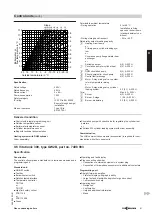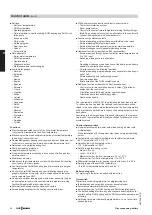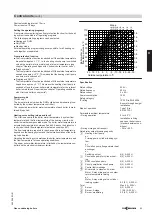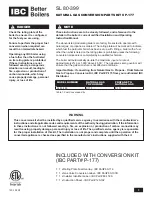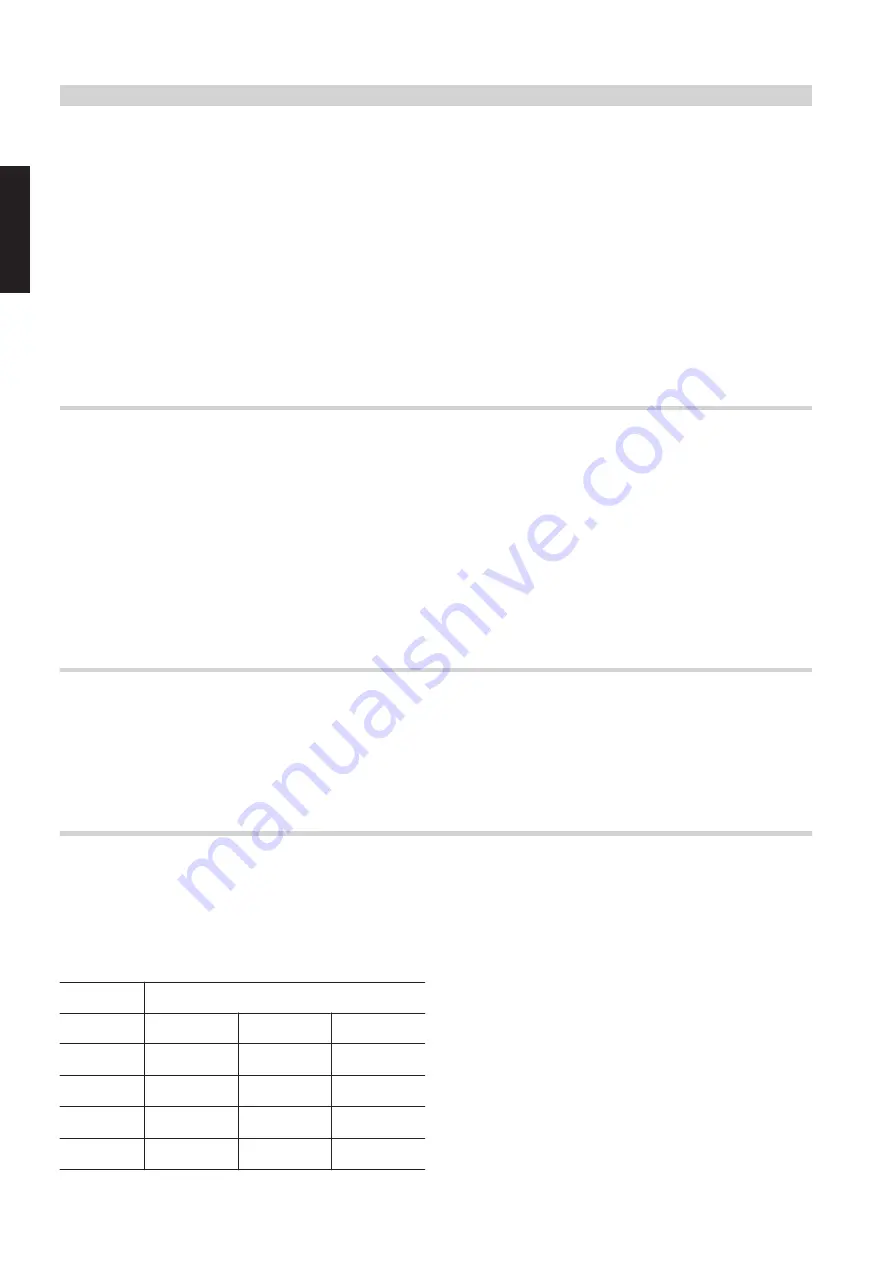
Attenuating airborne noise
Frequently, modern burners are equipped with silencer hoods or
noise-attenuated ventilation air inlet housings. Additional silencer
hoods may be used where more stringent anti-noise measures are
required. These measures may be implemented later with minimum
effort. Silencer hoods are offered for various levels of sound insulation
and are generally designed and built in accordance with specific sys-
tem conditions (boiler type, fuel supply, building characteristics).
For larger systems it may be necessary to route the ventilation air
through a sound-insulated channel, in order to avoid excess noise
outside the building. Flue gas silencers are generally only required
where higher sound insulation measures are called for. Whether or not
a flue gas silencer is required can be predicted only with some diffi-
culty, because of the complexity of the creation and propagation of
flame noise, the interaction between the burner, boiler and the flue
system as well as the operating mode (flue system operating with pos-
itive or negative pressure).
It is advisable, therefore, to assess the noise emission into the neigh-
bourhood in considering the sound power level measured at the flue
system terminal. It should be considered at the engineering stage
whether flue gas silencers might be necessary. It is thus important that
sufficient space for the flue gas silencer is available behind the boiler.
In accordance with EN 13384, the pressure drop of the flue gas
silencer on the flue gas side will be required for calculating the flue
system.
Structure-borne noise attenuation
Anti-vibration supports for the boiler are an economical and effective
measure. For this purpose, anti-vibration supports are offered. When
sizing such supports, take the entire operating weight of the boiler
system and, when using linear anti-vibration brackets, the condition of
the supporting surface into consideration. Effective structure-borne
noise attenuation is particularly important when installing boilers in
attics. Compensators may be used to physically separate the com-
bustion equipment from the building. These should be installed as near
as possible to the boiler in the flow, return and safety line. Also insulate
any braces or brackets, if installed, against sound/vibration transmis-
sion to the building. Detailed information on reducing noise emissions
from combustion equipment in heating systems can be found in the
Information Sheet No. 10 of the BDH (Bundesverband der Deutschen
Heizungsindustrie e. V.) [Germany].
8.10 Standard values for water quality
The service life of any boiler as well as that of the complete heating
system is influenced by the quality of the water. In any event, the cost
of a water treatment facility is less than the cost of repairing damage
to your heating system.
Observing the following requirements is necessary to safeguard your
warranty rights. The warranty excludes damage due to corrosion and
scaling.
The following is a summary of essential water quality requirements. A
mobile water treatment system can be hired from Viessmann for filling
and commissioning.
Heating systems with rated operating temperatures in excess of 100 °C (VDI 2035)
Prevent excessive scale build-up (calcium carbonate) on the heating
surfaces. For heating systems with operating temperatures up to
100 °C, VDI guideline 2035 sheet 1 "Prevention of heating system
damage – scaling in DHW and hot water heating systems" applies [in
Germany], together with the following standard values (see also the
full explanations in the original guideline).
Total permissible hardness of the fill and top-up water
Total heating
output
Specific system volume
kW
< 20 l/kW
≥ 20 l/kW to
< 50 l/kW
≥ 50 l/kW
≤ 50
≤ 3.0 mol/m
3
(16.8 °dH)
≤ 2.0 mol/m
3
(11.2 °dH)
< 0.02 mol/m
3
(0.11 °dH)
> 50 to ≤ 200
≤ 2.0 mol/m
3
(11.2 °dH)
≤ 1.5 mol/m
3
(8.4 °dH)
< 0.02 mol/m
3
(0.11 °dH)
> 200 to ≤ 600 ≤ 1.5 mol/m
3
(8.4 °dH)
≤ 0.02 mol/m
3
(0.11 °dH)
< 0.02 mol/m
3
(0.11 °dH)
> 600
< 0.02 mol/m
3
(0.11 °dH)
< 0.02 mol/m
3
(0.11 °dH)
< 0.02 mol/m
3
(0.11 °dH)
The standard values assume the following:
■ The volume of fill and top-up water will not exceed three times the
water content of the heating system during its service life.
■ The specific system volume is less than 20 l/kW heating output. In
multi boiler systems, apply the output of the smallest boiler.
■ All measures to prevent corrosion on the water side in accordance
with VDI 2035 sheet 2 have been implemented.
Soften the fill and top-up water in heating systems operating under the
following conditions:
■ The total of alkaline earths in the fill and top-up water exceeds the
standard value.
■ Higher fill and top-up water volumes are expected.
■ The specific system volume is greater than 20 l/kW heating output.
In multi boiler systems, apply the output of the smallest boiler.
Design information
(cont.)
48
VIESMANN
Gas condensing boilers
8
5822 449 GB




























